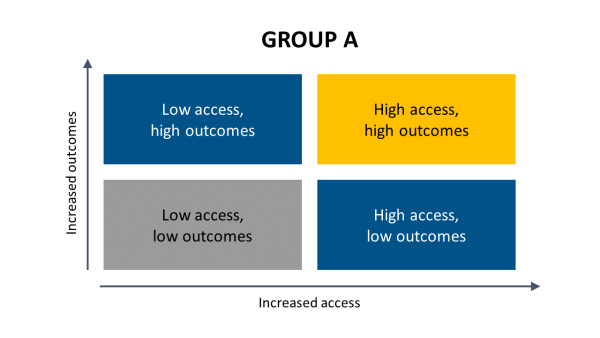A new college classification system has been introduced that will measure socioeconomic mobility among students. This groundbreaking model takes into account the economic background of students and tracks their progress in climbing the socio-economic ladder through education.
Traditionally, college rankings have been focused on factors such as academic reputation, faculty resources, and student outcome measures like graduation rates and post-college earnings. However, these rankings do not take into account the challenges and barriers that students from diverse economic backgrounds face in accessing and completing higher education.
The new classification system, developed by researchers at the Equality of Opportunity Project, aims to provide a more comprehensive and equitable way to evaluate colleges and universities. Rather than solely focusing on traditional metrics like test scores and income levels, the new system will also consider the percentage of students who come from low-income families and their subsequent economic mobility after graduating.
By taking into account the percentage of students who move from the bottom 20% of the income distribution to the top 20% after attending a particular college, the new classification system allows for a more accurate assessment of a school’s impact on social mobility. This gives prospective students and policymakers a better understanding of which institutions are effectively helping students from lower-income backgrounds achieve economic success.
The implementation of this new classification system has the potential to shift the narrative around college rankings and accountability. Colleges and universities will be incentivized to focus on improving access and support for low-income students, as their success in facilitating social mobility will now be a key factor in their rankings.
This model also provides valuable information for students and families who are considering higher education options. By considering a college’s track record in promoting socioeconomic mobility, students can make more informed decisions about where to pursue their education in order to achieve their long-term goals.
Overall, the introduction of this new college classification system marks an important step towards greater equity and transparency in higher education. By measuring and valuing outcomes such as economic mobility, colleges and universities are encouraged to prioritize accessibility and support for all students, regardless of their economic background.


